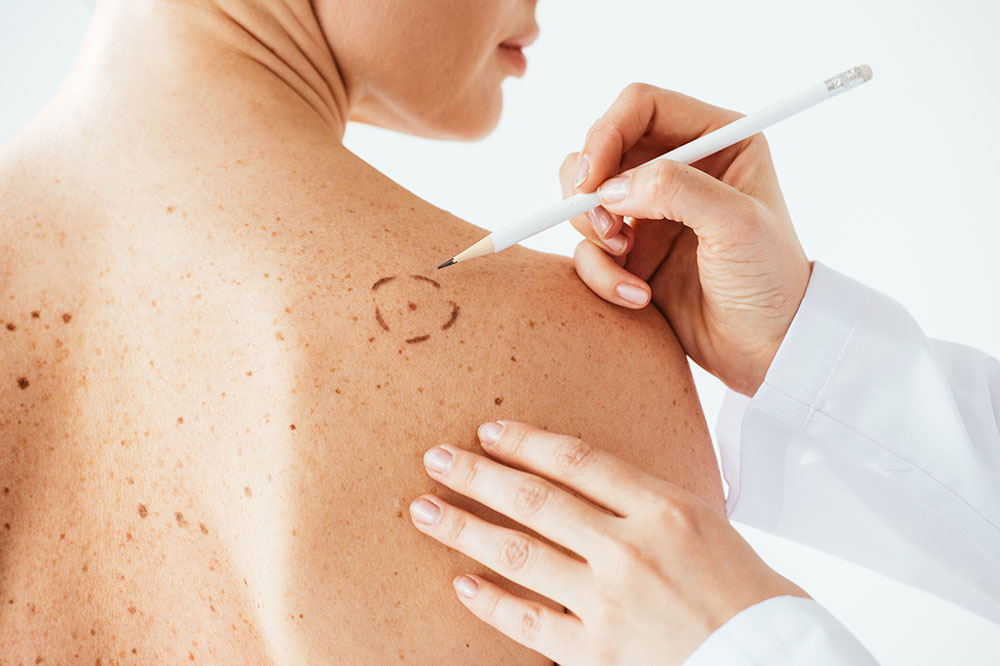
Causes and Risk Factors for Melanoma
Melanoma is a type of cancer that affects the pigment-producing cells in the skin. It’s the most serious form of skin cancer. Melanomas often begin as a mole and can develop anywhere on the body, especially in parts that are constantly exposed to sunlight. The causes of melanoma are unclear, but there are several factors that make an individual more susceptible to it. Keep reading to learn about the risk factors of melanoma.
1. Ultraviolet (UV) exposure
Several studies have concluded that UV radiation plays a crucial role in the development of melanoma. UV radiation from all sources is damaging, be it from the sun or tanning beds. It’s noted that skin cancer is more common among people who spend a lot of time outdoors during the day. Also, getting sunburned several times increases the risk of melanoma. People who live close to the equator and or at higher altitudes are also at higher risk because they usually receive more direct sunlight.
2. Several or unusual moles
Moles are often harmless. However, it’s observed that individuals with over 50 moles are more likely to develop melanoma than those with fewer ones. Also, having abnormal-looking moles, known as dysplastic nevi, increases the risk of the disease. Dysplastic nevi are moles that are bigger than normal and have irregular shapes. Although, note that most of these unusual moles will not grow into melanoma.
3. Fair skin
Those with a fair complexion have less pigment or melanin in their skin. This means less protection against damaging UV rays from the sun or tanning beds. It’s observed that men and women with blond or red hair, or even light-colored eyes, such as blue or green eyes, are more likely to get melanoma.
4. Compromised immune system
The immune system helps fight all kinds of infections and diseases. If this system becomes frail, the risk of developing melanoma and even other types of skin cancer increases. A variety of factors can lead to poor immunity. But the two most common factors include an HIV or AIDS infection and immunosuppressants, which are medications used to suppress the immune system.
5. Certain inherited conditions
Xeroderma pigmentosum is a genetic disease that reduces the skin’s ability to repair the damage caused by UV radiation, increasing the risk of melanoma. Other inherited conditions that have been linked to a higher risk of melanoma include Werner syndrome, Li-Fraumeni syndrome, retinoblastoma, and even certain hereditary breast and ovarian cancer syndromes.
6. Family history of melanoma
Individuals who have a parent, child, or sibling with melanoma are more likely to get it themselves at some point. The risk is even higher if several close and distant relatives have been diagnosed with the condition. It’s estimated that about 10% percent of people with melanoma have a family history of the disease.
7. Aging
The risk of melanoma increases with age. In about half the cases, the cancer is diagnosed between the ages of 55 and 74. However, it is also common in people below 50. Those with a family history of the disease are likely to develop it at a younger age.


